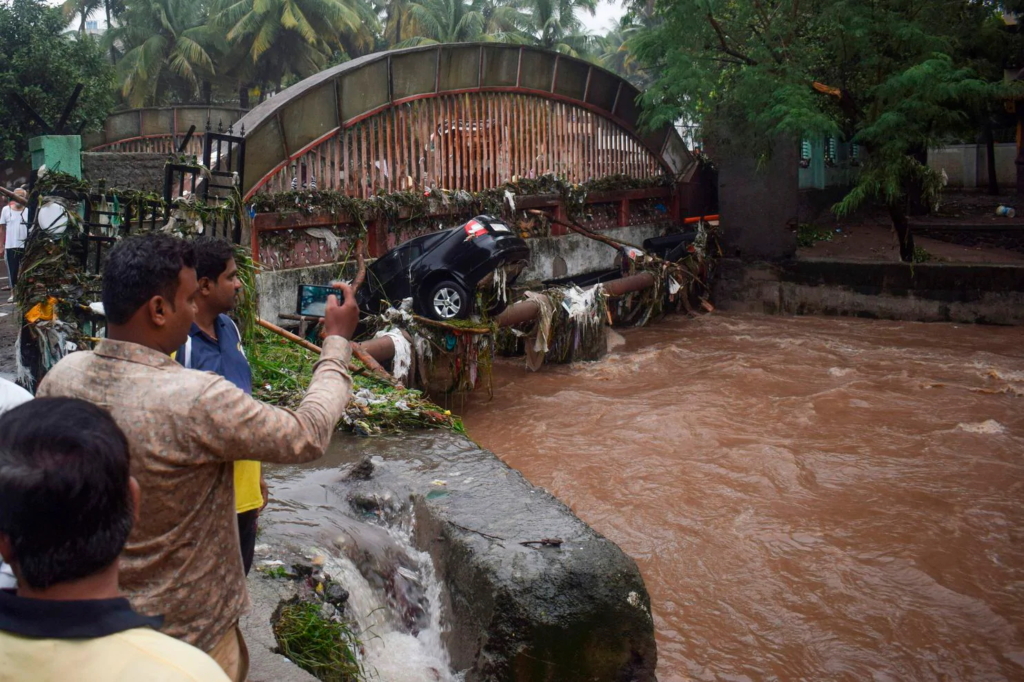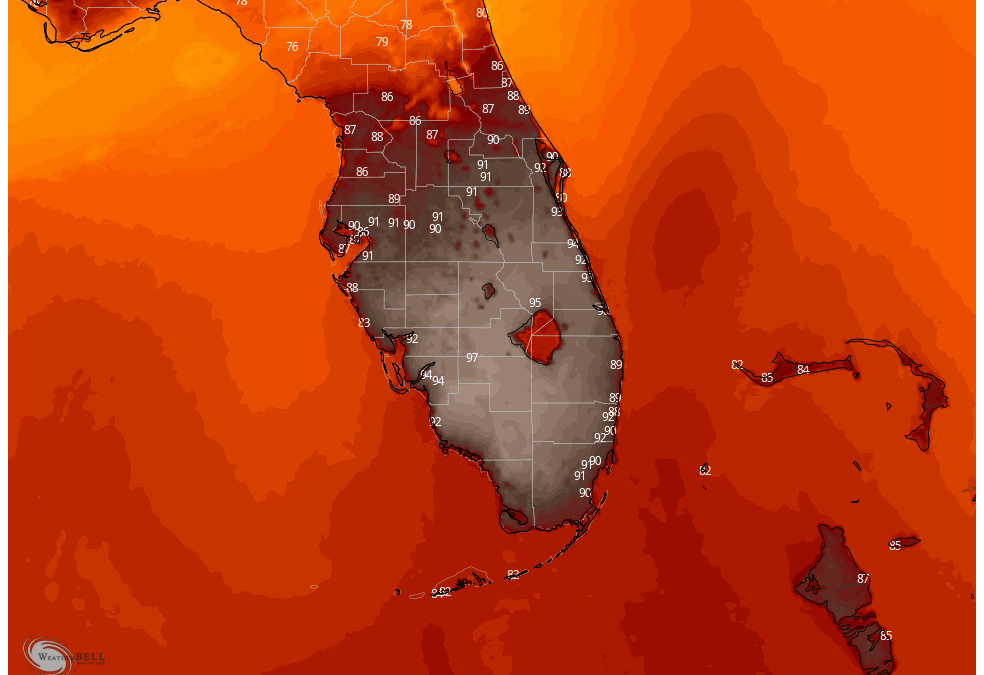Photo gallery: Flooding in India during heaviest monsoon rainfall in 25 years

By Niha Masih
1 October 2019
NEW DELHI – People using rafts on roads, waterlogged hospitals and shops, food packets being airdropped — this is what life has been like in the northern Indian states of Bihar and Uttar Pradesh after heavy rains led to large-scale flooding.
India received the heaviest monsoon rainfall in 25 years, the weather department said. The monsoon normally begins in June and ends by September, but its delayed retreat this year has sparked floods that have killed more than 100 people. Collapsed homes and drowning were responsible for many deaths. Sixteen districts in Bihar and 14 in Uttar Pradesh were affected. Thousands of people in flood-hit regions were evacuated by the disaster relief authority.

In Patna, Bihar’s capital, heavy rains over three days caused severe waterlogging and brought activities to a halt. Residents were marooned on top floors of their homes as water and electricity supplies were hit. Six teams of the national disaster relief force were deployed in the city along with two air force helicopters. Four heavy pumps were flown in to help relieve flooding, as the administration stepped up rescue and relief efforts. Among those rescued in inflatable rubber boats were the state’s deputy chief minister, Sushil Modi, and his family.
India has experienced increasingly extreme weather conditions. A debilitating heat wave in the summer coupled with a delay in the monsoon led to drought-like conditions in several parts of the country. Metropolitan cities like Chennai in South India were nearly out of water. In July the government said that 2,400 people had been killed due to weather events in the past year. [more]
More than 100 people have died in heavy rains in India. Here’s what the flooding looks like.


